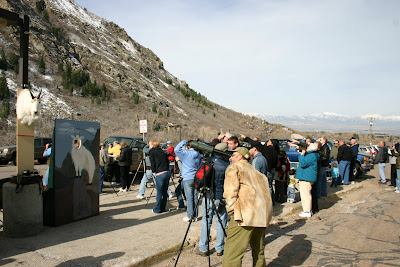Spring time is the time for love for Largemouth Bass. In the Southeast Region when the water temps reach 57 degrees and rising, the urge to spawn switch, is flipped on for Largemouth Bass. Bass will start coming up to the shallow flats and start looking for suitable nesting areas.
Now is the best time to catch the biggest bass of your life. Large females are putting on the feedbag in anticipation of the upcoming spawn. At this time of year it is not about quantity but quality. You will not catch big numbers of fish but the chance of catching a toad is very possible.
This is the time when large profile casting and flipping jigs work their magic. The jig is designed to mimic a crawfish, which is the preferred meal for Largemouth Bass. It provides lots of protein, something the bass will need for the rigors of spawning. Jigs have been a mainstay of the bass angler’s arsenal for many years.
Although the basic design hasn’t changed, the quality and use of high tech materials in the modern jig make it come to life under the water. The silicone skirts pulsate and wave with the slightest of movement, the heads are painted to look like the real thing and the hooks are strong and needle sharp. Trailers are added to the jig in the form of soft plastic or pork.
When the jig hits the bottom the heads tip up and the trailer looks like a crawfish in the defensive position. Rocky areas in the lake catch the suns rays and warm the water around them. The warming water attracts the bass as well as the crawfish. Target these rocky areas with jigs, casting them with the least amount of splash is the best method.
If possible cast to the edge of the shore and drag the jig into the water. Crawling the jig slowly across the rocks to mimic the newly emerged crawfish is what you are striving for. Let the jig fall off the rocks and watch your line. Hits will be light or nonexistent, and many times just the tick of your line or your line moving will be your sign to reel up the slack and set the hook. Sometimes when you lift your rod to move the jig you will feel extra weight, if you do set the hook. It does not cost anything to set the hook, if it feels different, set the hook.
Jig fishing requires sturdy gear, a baitcasting rod and reel is the best gear to fish this technique with. Baitcasting reels are like small winches and give you the best control over large fish in rocky or weedy areas. With a baitcasting reel spooled with 12 to 15 lb. test line and 6 ½ to 7 foot medium to heavy action rod, you will have an rig capable of horsing a big fish out of snags or sharp rocks.
Another piece of equipment that will become invaluable is a quality pair of polarized, UV resistant sunglasses. These will enable you to look into the shallow and pick out fish that are already on the nest. Sight fishing requires stealth, proper boat position and quiet casts. If a fish is located on a nest at this time of the year it will most likely be a large female getting ready to spawn.

Casting past the nest with a tube jig or soft plastic lizard, slowly inching it toward the nest will provoke the female to pick up the threat and move it or kill it. This technique requires patients and persistence. Casting past the nest is important; any cast into the nest will scare the fish off the nest. This technique is exciting, watching the fish turn and face the intruding lure, and if properly done, watching the fish take the lure will require steady nerves and quick reflexes. Studies have shown that catching bass off the nest is not detrimental to the population. But great care and limited handling of the fish is required. If you do catch the fish, get it to the boat as quickly as possible, have your camera at the ready and limit the amount of time you have the fish out of the water. Gently put her back in the water and enjoy the moment!

The Southeast Region has some small but productive Bass waters. Down South we have Recapture Reservoir near Blanding, Moab has Ken’s Lake (you can use boats but only electric motors are allowed), The Community Fishery at the Green River State Park, Huntington Game Farm ponds and Huntington North Reservoir are all great bass fisheries to hone your skills and prepare you for the best bass fishery in Utah, Lake Powell. If you have never experienced bass fishing, this spring is the time to try it!
Walt Maldonado
Conservation Director
Utah Bass Federation


















